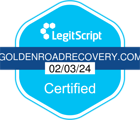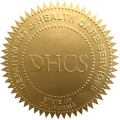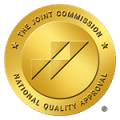⚠️Visitors to our site are often searching for information because they, their friend, or a family member has unfortunately fallen into use of dangerous substances. We aim to provide information on Free Drug Rehab In Montana and statistics but more importantly, we strive to protect people from the dangers of all forms of substance abuse!⚠️
Don’t hesitate to call our admissions department at (855) 855-9593 or click the button below to get substance abuse help for yourself or a loved one.
We Can Help You Recover From Substance Abuse
Call Golden Road Recovery Today To Start Healing!
Key Points
- “Free” rehab isn’t always completely cost-free—insurance often covers comprehensive treatment.
- Montana ranks among the top ten states for illicit drug use among youths aged 12-17.
- Marijuana is the most common drug cited in Montana’s primary treatment admissions.
- The state’s drug-induced death rate exceeds the national average, highlighting a severe crisis.
- Prescription drug abuse is a growing concern, with Montana implementing a monitoring program.
- Inpatient medically assisted rehab offers the most effective solution for managing addiction.
The Myth of Completely Free Drug Rehab in Montana
When seeking drug and alcohol treatment, individuals frequently search for “Free drug rehab in Montana” It’s important to understand that while completely free services exist, they often come with strict eligibility requirements or limitations. However, many rehab centers, including Golden Road Recovery, offer programs that can significantly offset or entirely cover treatment costs through insurance or scholarship opportunities.
Understanding How Insurance Can Cover Your Rehab in Montana
Most people are unaware that their health insurance policy often covers substance abuse treatment. Under the Affordable Care Act (ACA), addiction treatment is considered an essential health benefit. This means that if you have insurance—private, Medicaid, or even Medicare—you may qualify for a substantial reduction or complete coverage of your treatment costs.
To determine your coverage, contact your insurance provider and ask specifically about addiction treatment benefits. Golden Road Recovery has admissions specialists who can assist you in navigating this process, verifying your benefits, and clarifying exactly what your insurance covers.
Free Drug Rehab And Statistics By State
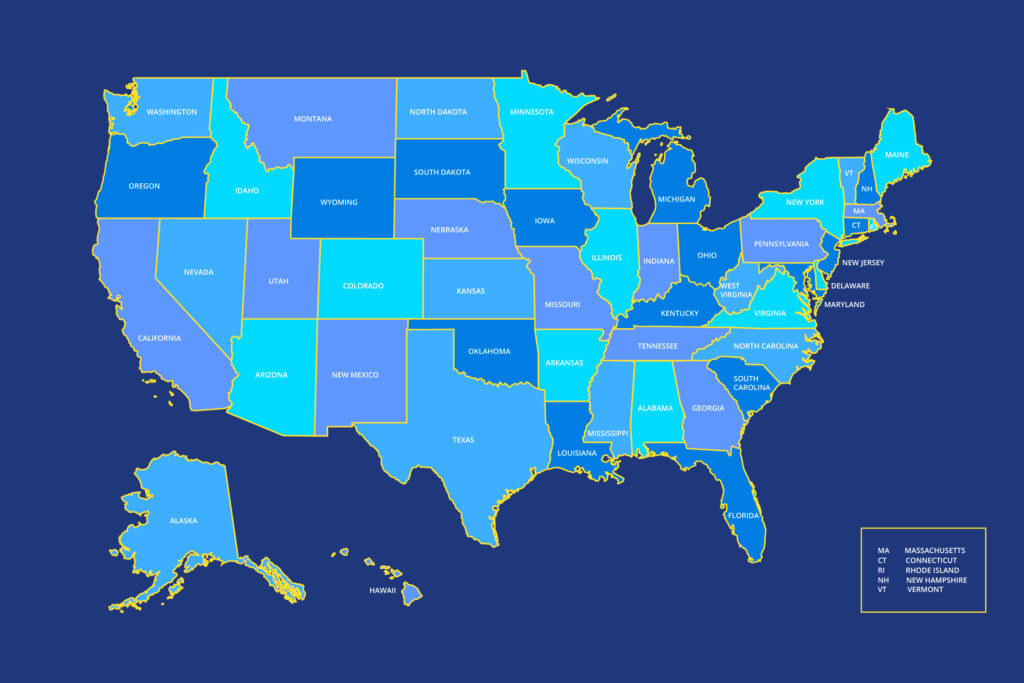
Golden Road Recovery has streamlined the process of finding rehabilitation options by state as well as providing statistics. Simply select your state from the dropdown list below to access specific local resources and treatment information.
Introduction
Montana faces a significant challenge with illicit substance use. The state’s rural landscape and sparse population do not shield it from drug-related issues. Data reveals alarming trends in drug use, particularly among young people. This article explores Montana’s illicit substance use statistics, drawing from reliable data. It also highlights how Golden Road Recovery can help those struggling with addiction. Understanding these statistics is crucial for addressing the crisis effectively.
Illicit Drug Use in Montana
Montana’s illicit drug use rates are higher than the national average. In 2009-2010, 10.77% of residents reported past-month illicit drug use. The national average was 8.82%, showing Montana’s elevated risk. Among youths aged 12-17, the state ranks in the top ten. Past-month marijuana use is notably high in this age group. Additionally, 3.5% of residents used illicit drugs other than marijuana. This compares to a national average of 3.6%. These figures underscore a pervasive issue across age groups.
Marijuana: The Leading Substance
Marijuana dominates Montana’s substance abuse treatment admissions. It is the most commonly cited drug in primary treatment data. From 1992 to 2011, marijuana consistently led treatment admissions. Other opiates, including prescription drugs, follow as a close second. This trend reflects marijuana’s widespread use in the state. The accessibility of marijuana contributes to its prevalence. Youths are particularly vulnerable to its appeal. Addressing marijuana use requires targeted prevention and treatment strategies.

We Can Help You Recover From Substance Abuse
Call Golden Road Recovery Today To Start Healing!
Deaths in Montana From Drugs
Drug-induced deaths are a stark reality in Montana. In 2009, 147 people died due to drug use. This compares to 227 motor vehicle deaths and 166 firearm deaths. Montana’s drug-induced death rate is 15.1 per 100,000 population. The national rate is lower at 12.8 per 100,000. These numbers reveal the deadly impact of substance abuse. The state’s rural setting may complicate access to emergency care. This contributes to the higher death rate.
Prescription Drug Abuse Crisis
Prescription drug abuse is a growing concern in Montana. Nationally, it’s the fastest-growing drug problem. Montana has taken steps to address this issue. In 2012, Governor Brian Schweitzer signed SB 83. This law established the Montana Prescription Drug Registry (MPDR). The MPDR monitors Schedule II-V controlled substances. It aims to reduce diversion and abuse of prescription drugs. Data collection began in March 2013. Such programs help identify and curb misuse effectively.
Drugged Driving: A Hidden Danger
Drugged driving poses a significant risk in Montana. In 2009, one in three motor vehicle fatalities tested positive for drugs. This aligns with national data showing one in eight drivers testing positive. Montana lacks a Per Se standard for drugged driving. However, state law prohibits driving under the influence of drugs. Proving impairment is challenging without clear standards. Enhanced law enforcement training could improve detection. Public awareness campaigns are also critical.
Community-Based Prevention Efforts
Montana benefits from community-driven prevention programs. The Drug Free Communities (DFC) program supports local coalitions. In 2012, several Montana coalitions received DFC grants. These include Anaconda Community Intervention and Butte C. Inc. Others are Phillips County Coalition and Ravalli County Prevention Coalition. These groups create data-driven strategies to reduce youth drug use. The National Youth Anti-Drug Media Campaign also targets teens. Its Above the Influence initiative inspires youth to reject drugs.
High Intensity Drug Trafficking Areas (HIDTA)
Montana is part of the Rocky Mountain HIDTA. This program covers Cascade, Flathead, Lewis and Clark, Missoula, and Yellowstone counties. It coordinates local, state, and federal efforts to combat drug trafficking. Mexican drug trafficking organizations supply methamphetamine, marijuana, and cocaine. West Coast Asian groups provide high-potency marijuana and MDMA. Methamphetamine poses the greatest threat in the region. HIDTA supports training and resources to address trafficking.
How Golden Road Recovery Can Help
Golden Road Recovery offers comprehensive support for those battling addiction. Located in Montana, it provides personalized treatment plans. The facility specializes in addressing marijuana and prescription drug abuse. Clients receive medical and psychological care in a supportive environment. The center’s programs include detoxification, counseling, and aftercare planning. These services help individuals achieve long-term sobriety. Golden Road Recovery is committed to restoring lives and families.
Why Inpatient Medically Assisted Rehab is the Best Solution
Inpatient medically assisted rehab is the most effective approach for addiction. It provides a structured, supportive environment for recovery. Patients receive 24/7 medical supervision to manage withdrawal safely. This is critical for substances like opiates and prescription drugs. Therapy addresses the psychological aspects of addiction. Inpatient care removes triggers found in daily life. Golden Road Recovery’s inpatient program ensures comprehensive care. It combines medical detox with behavioral therapy for lasting results.
We Can Help You Recover From Substance Abuse
Call Golden Road Recovery Today To Start Healing!
Montana’s Mental Health and Substance Use Context
Mental health issues often accompany substance abuse in Montana. According to KFF, 26% of adults reported poor mental health. This exceeds the national average of 22%. Co-occurring disorders complicate treatment and recovery. Golden Road Recovery integrates mental health support into its programs. Dual-diagnosis treatment addresses both addiction and mental health. This holistic approach improves outcomes for clients. Montana’s high substance use rates demand such comprehensive care.
The Role of Policy and Legislation
Montana’s policies aim to curb substance abuse. The Montana Prescription Drug Registry is a key initiative. It tracks controlled substances to prevent misuse. Community take-back programs encourage safe drug disposal. These reduce the availability of unused medications. Montana’s lack of a Per Se standard for drugged driving is a gap. Stronger laws could enhance enforcement. Golden Road Recovery supports policy efforts through community outreach. Education and advocacy are part of its mission.
Addressing Youth Drug Use
Youth are particularly vulnerable to substance abuse in Montana. The state ranks high for drug use among 12-17-year-olds. Marijuana is the primary drug of concern for this group. Prevention programs like Above the Influence target teens. Schools and communities must collaborate to educate youth. Golden Road Recovery offers youth-specific programs. These include counseling and family involvement to prevent relapse. Early intervention is key to reducing lifelong addiction risks.
The Economic and Social Impact
Substance abuse impacts Montana’s economy and communities. Drug-induced deaths strain healthcare systems. Addiction leads to lost productivity and family disruptions. Rural areas face unique challenges in accessing treatment. Golden Road Recovery provides local solutions. Its programs reduce the burden on public resources. By helping individuals recover, it strengthens communities. Addressing substance abuse is an investment in Montana’s future.
FAQs
Q: What is the most common drug abused in Montana?
A: Marijuana is the most commonly cited drug in primary treatment admissions.
Q: How does Montana’s drug-induced death rate compare nationally?
A: Montana’s rate of 15.1 per 100,000 exceeds the national average of 12.8.
Q: What is the Montana Prescription Drug Registry?
A: It’s a program monitoring Schedule II-V controlled substances to reduce abuse.
Q: Why is inpatient rehab effective for addiction?
A: It offers 24/7 medical supervision, therapy, and a trigger-free environment.
Q: How does Golden Road Recovery support recovery?
A: It provides detox, counseling, and dual-diagnosis treatment for lasting sobriety.
Sources
- KFF Montana Mental Health and Substance Use Fact Sheet – https://www.kff.org/statedata/mental-health-and-substance-use-state-fact-sheets/montana/
We Can Help You Recover From Substance Abuse
Call Golden Road Recovery Today To Start Healing!
